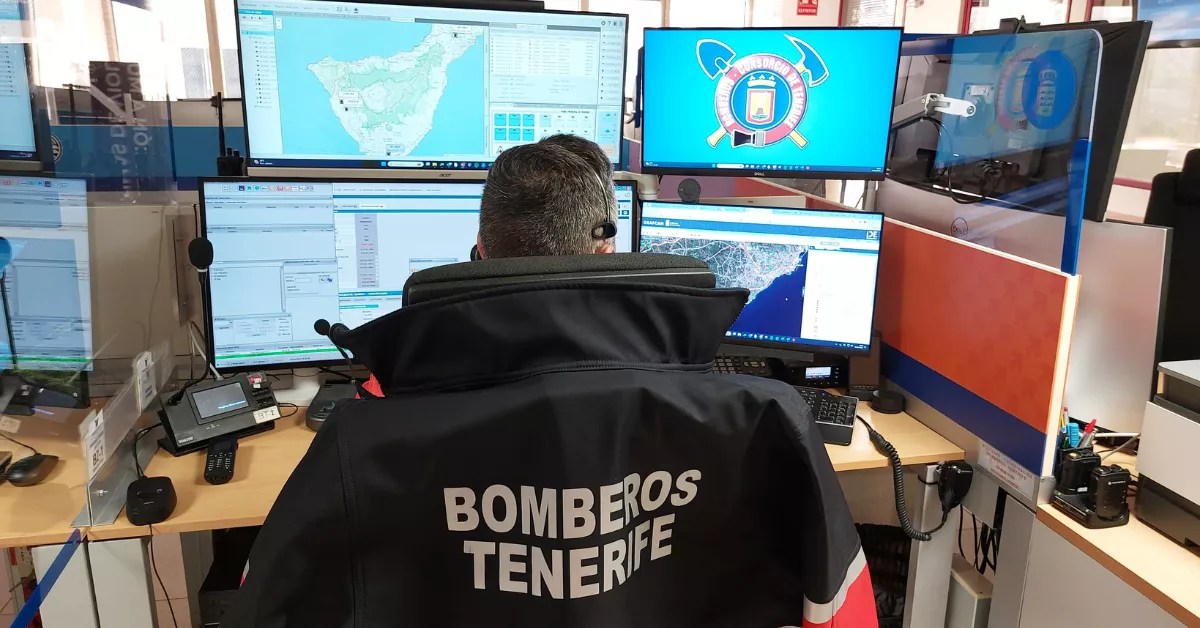Anyone who has wandered aimlessly around Santa Cruz de Tenerife must have come across the well-known Masonic temple of the Añaza Lodge. It’s worth noting that, in Freemasonry, a Lodge refers to a group of Masons.
This building, which opened in 1902 on San Lucas Street, has been declared a Cultural Interest Good and is recognised as the largest Masonic centre in the country. Many even consider it to be one of the most beautiful.
However, the Masonic presence in the city extends beyond the walls of this temple, which is currently undergoing restoration. There are numerous signs of Freemasonry throughout the streets of Santa Cruz de Tenerife.
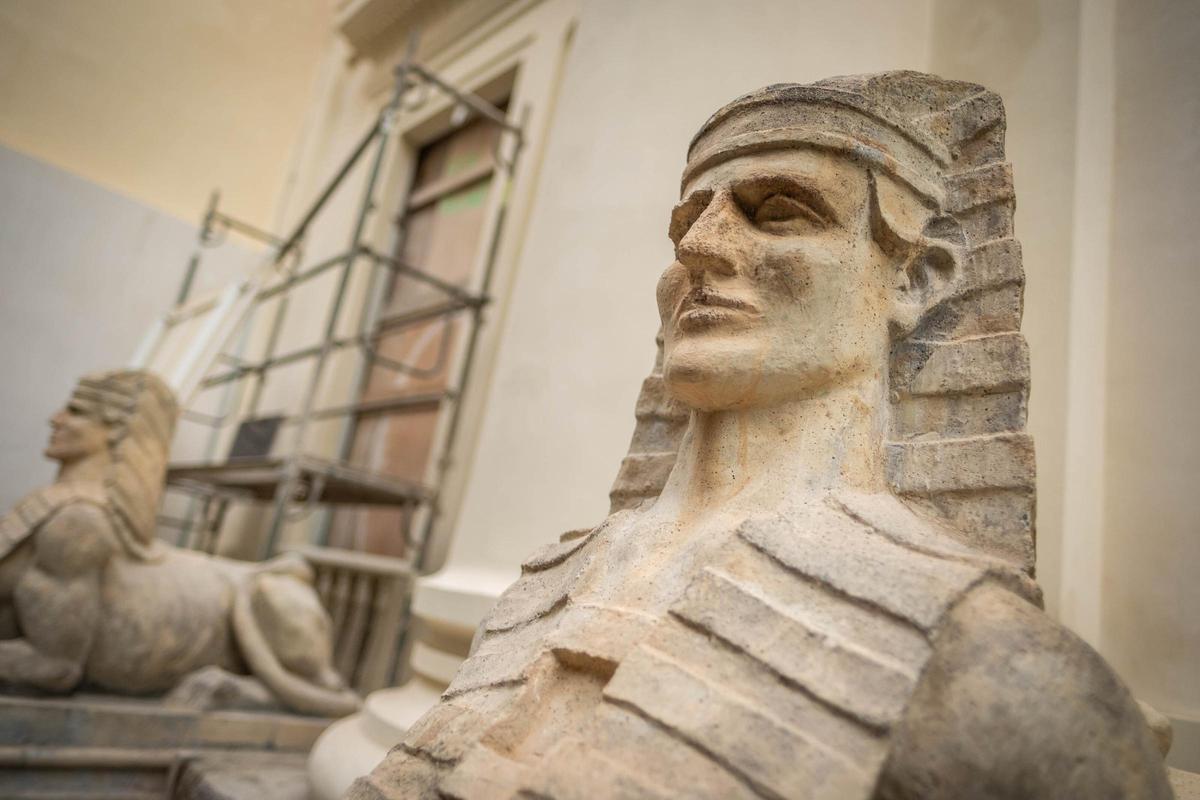
Masonic temple of Santa Cruz de Tenerife, in the process of rehabilitation. / Andrés Gutiérrez
Great Architect of the Universe
If we consider this, we can reference several examples of symbols, often encoded, that represent the organisation.
The Masonic temple on San Lucas Street is the place where symbology may be most evident, says Juanca Romero, a journalist, writer, and delegate in Tenerife for ‘Mysterious Routes‘ and co-director of the podcast of the same name. “Here, one can find what everyone calls ‘The eye that sees everything’ or ‘the eye of God’, but in Freemasonry, it is referred to as the ‘Luminous Delta’ or the ‘Great Architect of the Universe’,” he emphasises.
Moreover, he points out the presence of sphinxes, Solomon-type columns, and Egyptian or Neo-Egyptian motifs, including the chessboard and the reflection chamber — a space for contemplation where members of the organisation delve into the symbolisms of life and death.
Marrero Regalado
However, the influence of Freemasonry is evident throughout the capital of Tenerife, much of it directly linked to Spanish architect José Enrique Marrero Regalado, who was responsible for several buildings across the island, including: the Víctor cinema, Our Lady of Africa Market, the Basilica of Our Lady of Candelaria, and the Auditorio Teobaldo Power in La Orotava.
“He was an exceptional architect, but also a well-known Mason,” says Romero, which is why his unique works often reflect this organisation.
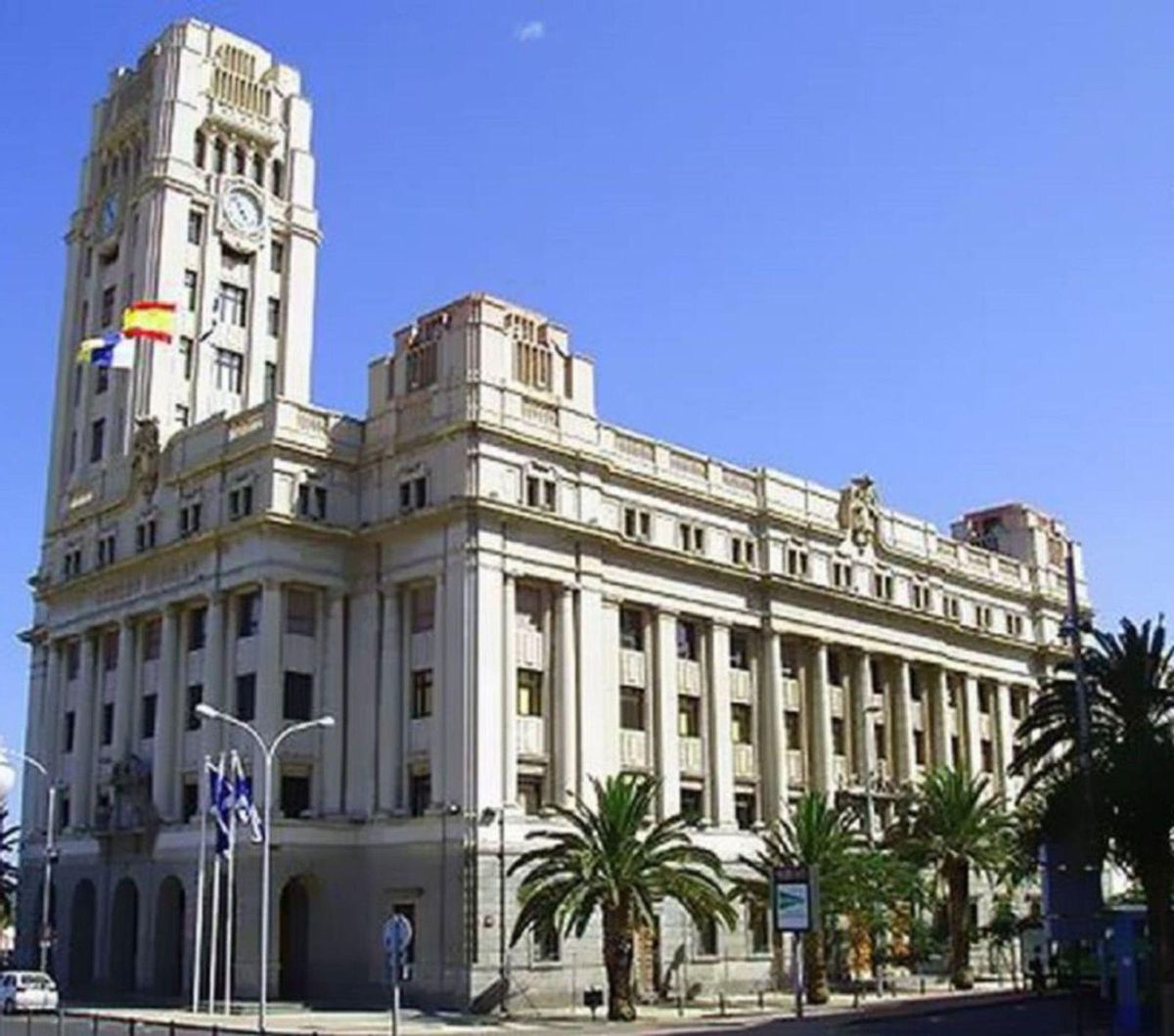
Main facade of the Insular Palace. | | Ed / José Manuel Ledesma Alonso
Insular Palace
One of Marrero’s most notable works is the Insular Palace or Cabildo de Tenerife, whose design comprises three levels.
The lower part of the building uses a rougher material compared to the upper floors, which are more polished. This might signify the three degrees within Freemasonry (Apprentice, Companion, and Master), representing the transition from the earthly to the spiritual.
García Sanabria Park
Another commission from the Spanish architect was a monument in honour of Mayor Santiago García Sanabria in the park of the same name, which led to the creation of the central monolith in this green space of Santa Cruz de Tenerife.
Although there are no direct symbols of Freemasonry in the monument, it serves as an obelisk, following an Egyptian aesthetic—a characteristic of the Masonic architecture of the nineteenth and twentieth centuries.
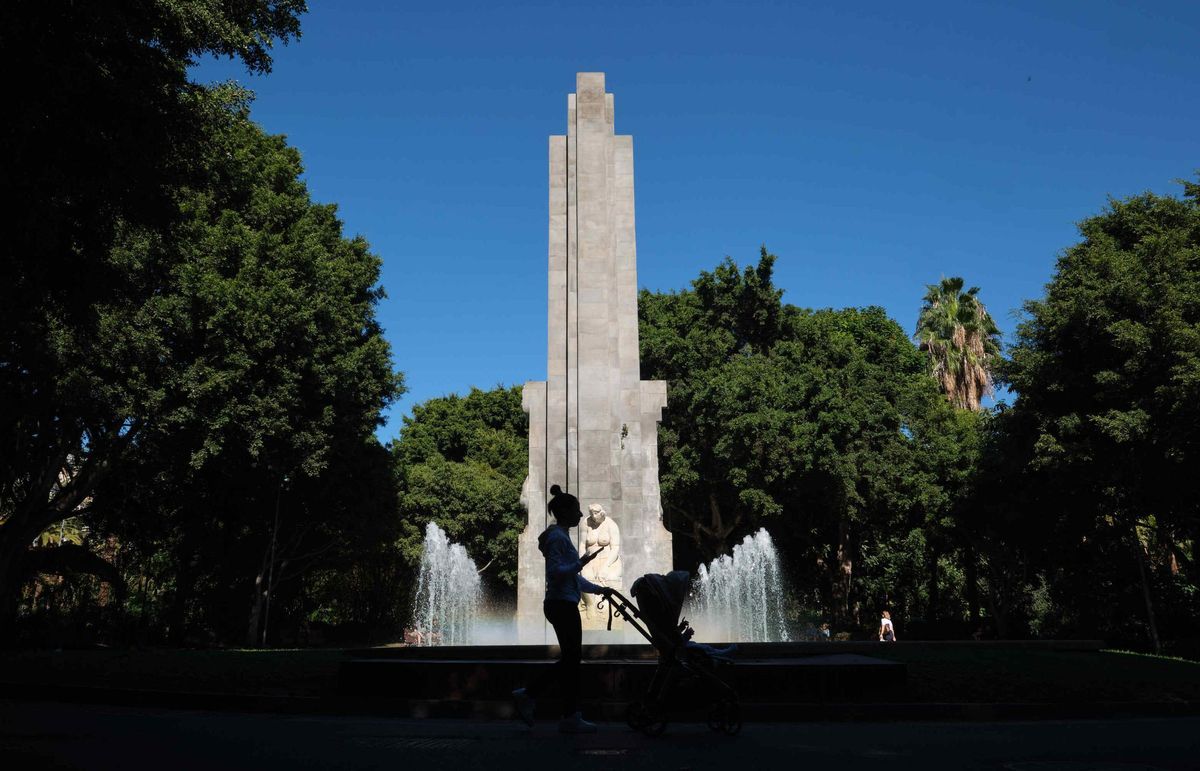
García Sanabria Park / Carsten W. Lauritsen
Five-Pointed Urbanism
Due to the examples of Freemasonry found within the city, several theories have developed regarding its urban planning and its relationship with the organisation. One such theory suggests that Plaza de Julio 25 represents the centre of a Masonic compass.
“This theory is based on the notion that the design of the square, and its surroundings, could be conceptualised along the lines of a compass and various squares. These are fundamental symbols of Freemasonry,” explains Romero.
The crux is that, if this is indeed the case and you were to draw the figure, the ends would point towards the Town Hall and Military Captaincy, which represent both civil and military power, with the square acting as the central axis connecting these two institutions and other structures rich in Masonic characteristics.
Romero also cautions that with such theories, one must exercise “caution“, as while the evidence of Masonic symbolism in the urban layout of the capital is a historical fact, it is not prudent to see it in “everything”.
Theories regarding Plaza de Julio are not viewed by him as more than “a somewhat wild hypothesis or an urban legend with those esoteric nuances that we often find fascinating,” says the journalist.
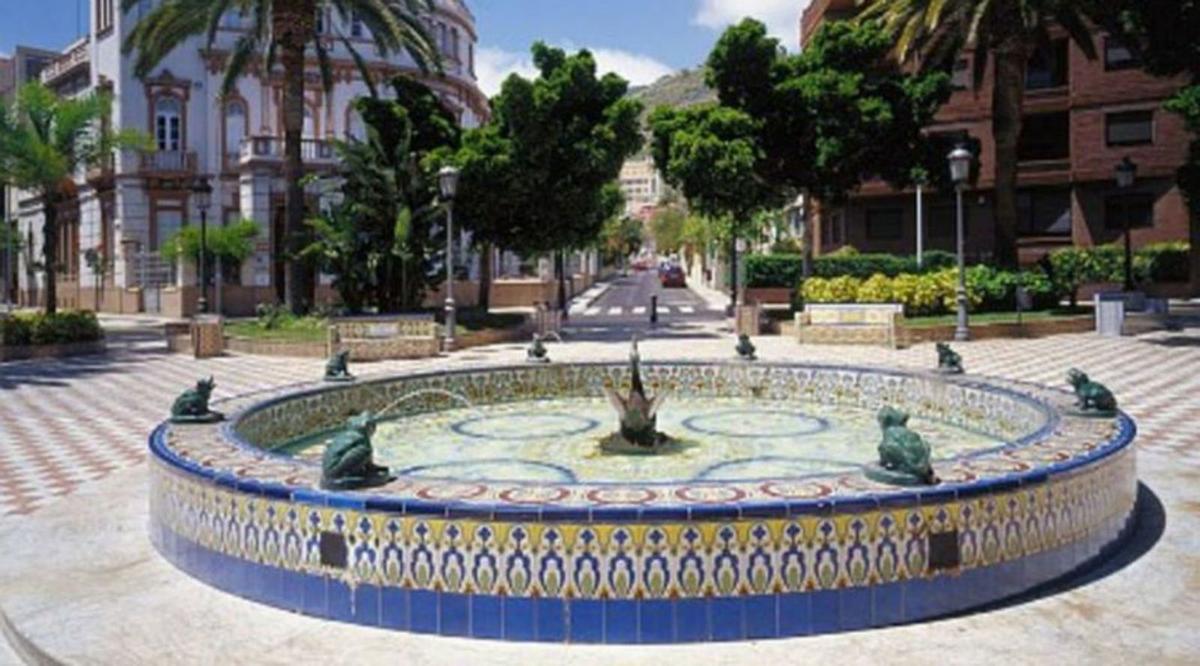
Fountain in Plaza de Julio 25. / Ed
Historical Presence
It is hardly surprising that many of the city’s main buildings are linked to this organisation, considering its architectural characteristics and significant presence in the Canary Islands, which had a profound influence on urbanism here during the nineteenth and twentieth centuries.
“Freemasonry has had a notable historical presence in the capital of Tenerife. I would emphasise its social, cultural, and urban influence,” Romero states, drawing attention to the aforementioned Añaza Lodge, which was the “most influential.”
Thus, the Masonic presence in Santa Cruz de Tenerife adds to a long list of curiosities hidden behind the city, revealing layers of history interwoven with its concrete structures.
Subscribe to continue reading














